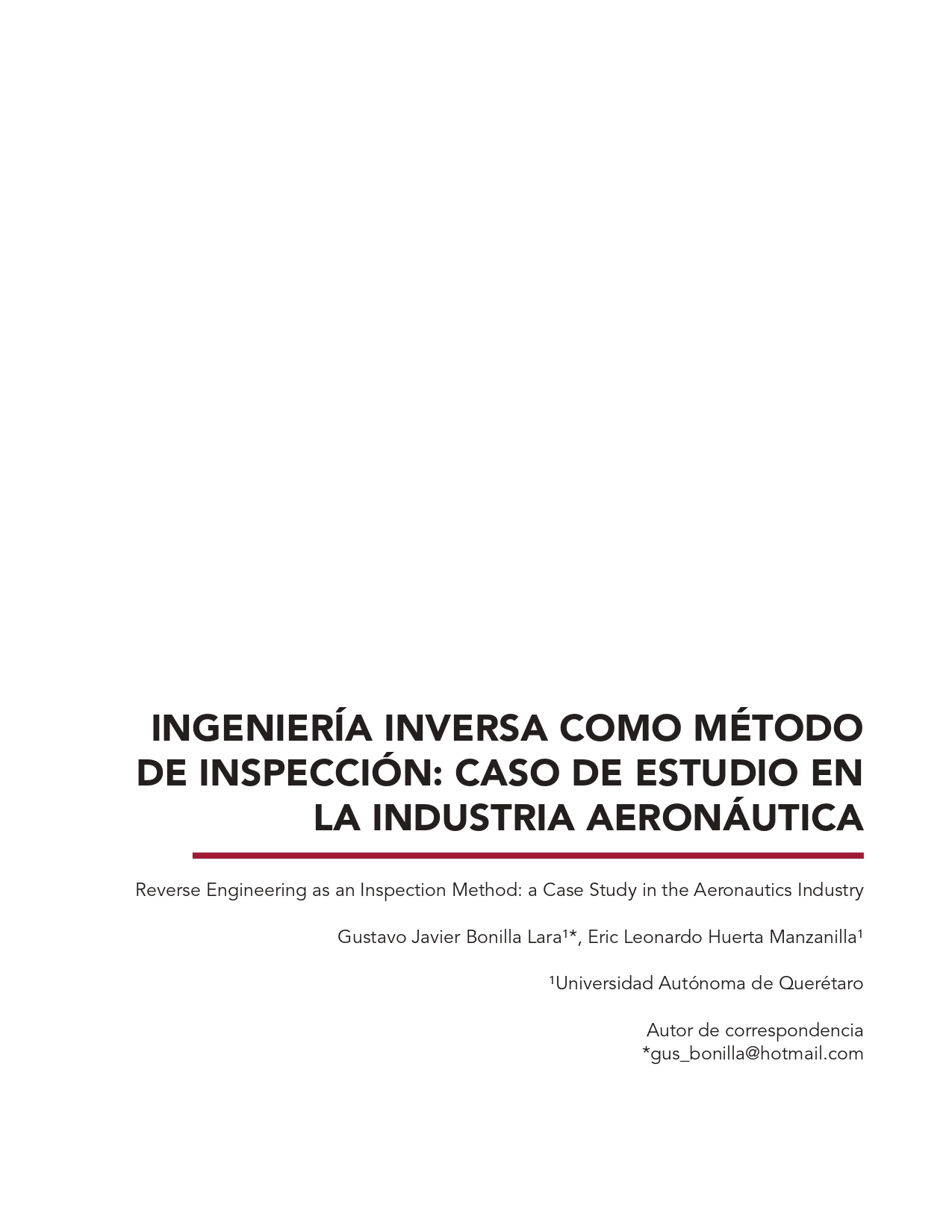Resumen
Las empresas manufactureras se encuentran bajo presión para optimizar sus procesos productivos en un marco de tiempo corto debido a los retos constantes del ambiente económico. Sin embargo, algunas industrias, como el sector aeronáutico, no presentan un grado de repetibilidad en sus procesos productivos a tal grado que les permita controlar, medir y mejorar el sistema interno de calidad. La falta de altos volúmenes de producción no permite usar herramientas estándar debido a la carencia de datos iterativos y a la naturaleza manual de los procesos, lo que pospone las mejoras por un largo periodo de tiempo. Por estas razones, herramientas estadísticas que funcionan adecuadamente en otras industrias no pueden aplicarse en ambientes de bajo volumen como lo es la aeronáutica. Esta investigación contribuye con el análisis de diferentes perspectivas sobre cómo aplicar la ingeniería inversa para digitalizar, rediseñar y optimizar los componentes de una superficie 3D. Una nueva metodología es presentada para optimizar el sistema de medición para que contribuya a la obtención de dimensiones precisas de un componente físico. La implementación de un escáner óptico es requerida para capturar los datos, filtrar el ruido y realizar un estudio estadístico para mostrar la eficiencia de la tecnología.

Esta obra está bajo una licencia internacional Creative Commons Atribución-NoComercial 4.0.

